Home>Garden Essentials>How Soon Can I Seed After Using Spectracide Weed Stop
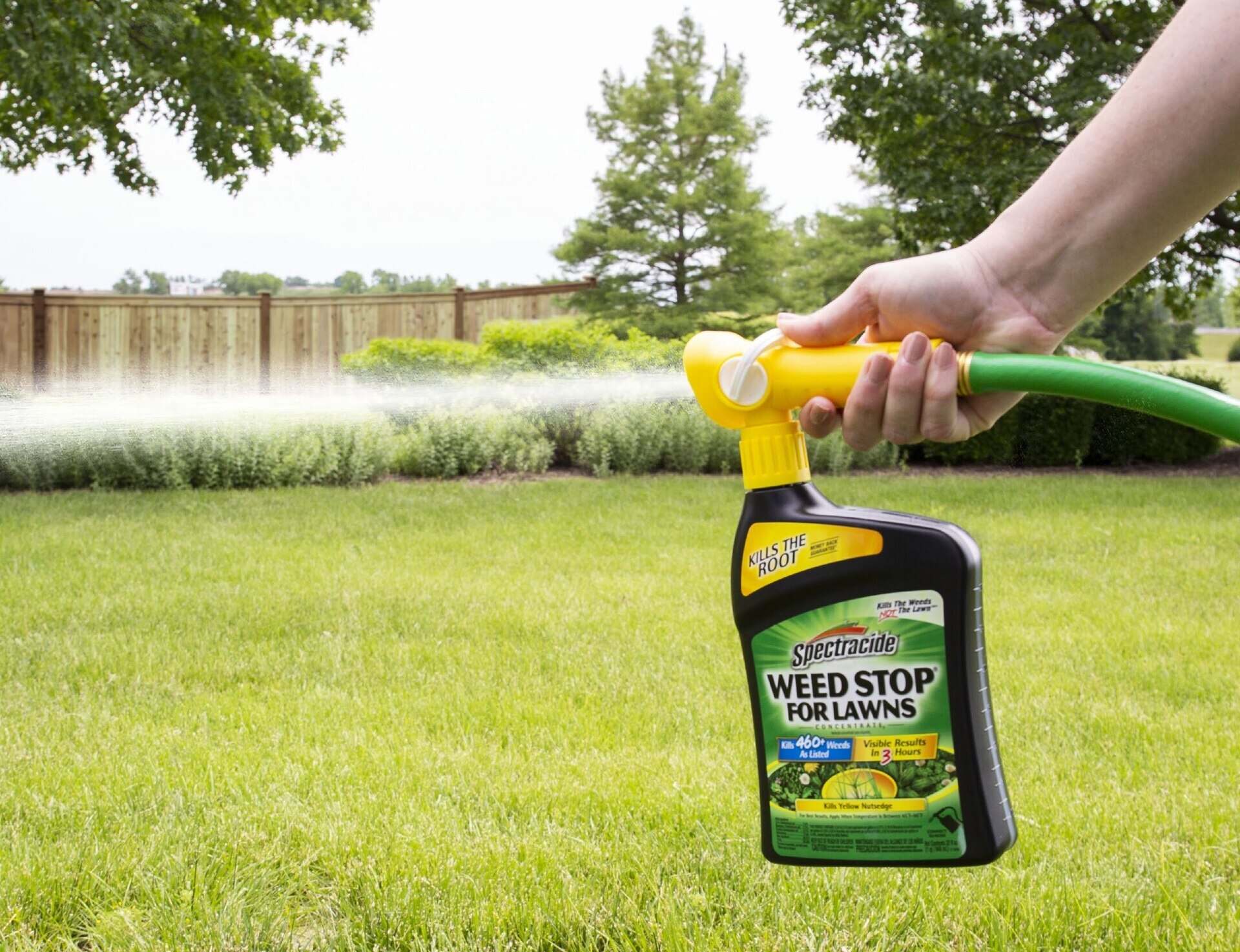

Garden Essentials
How Soon Can I Seed After Using Spectracide Weed Stop
Modified: April 23, 2024
Learn when you can safely seed your garden after using Spectracide Weed Stop. Find out the ideal wait time for optimal results.
(Many of the links in this article redirect to a specific reviewed product. Your purchase of these products through affiliate links helps to generate commission for Storables.com, at no extra cost. Learn more)
Introduction
Gardening enthusiasts understand the importance of maintaining a healthy and vibrant lawn. However, pesky weeds often find a way to infiltrate even the most well-tended yards, compromising their beauty and vitality. To combat these unwanted intruders, many gardeners turn to products like Spectracide Weed Stop. But once you’ve used this weed killer, how soon can you seed your lawn and restore its lushness? In this article, we will delve into the ins and outs of using Spectracide Weed Stop and guide you on the best practices for seeding afterwards.
Spectracide Weed Stop is a popular herbicide that effectively eliminates a wide range of common weeds, including dandelions, clovers, and crabgrass. It works by targeting the weeds at their root, preventing regrowth and ensuring long-lasting results. With its fast-acting formula, Spectracide Weed Stop quickly eliminates existing weeds, giving your lawn a chance to breathe and thrive once again.
However, when it comes to seeding your lawn after using Spectracide Weed Stop, timing is crucial. Seeding too soon can result in poor germination, while waiting too long may allow the weeds to reclaim their territory. Therefore, it is essential to plan carefully and understand the necessary steps to ensure success.
Preparing your lawn for seeding requires a few key tasks. First, it is crucial to remove any dead or dying weeds that remain after applying Spectracide Weed Stop. This can be done by carefully pulling them out or using a rake to detach them from the soil. Additionally, inspect the area for any remaining weed seeds or debris that could hinder the germination process.
Once the weeds are removed, it is important to prepare the soil properly. Start by loosening the top layer using a garden rake or tiller. This will create a suitable environment for the new grass seeds to establish roots. Consider adding topsoil or compost to improve soil quality and provide essential nutrients.
After the soil preparation is complete, it’s time to select the right grass seed for your lawn. Choose a high-quality seed blend that is suitable for your region and matches your desired lawn characteristics. Consult with a local garden center or landscaping professional for recommendations based on your specific needs.
Key Takeaways:
- Wait at least two to four weeks after using Spectracide Weed Stop before seeding to avoid harming new seedlings and ensure a clean, weed-free surface for successful germination.
- Proper soil preparation, choosing the right grass seed, and consistent watering are key to successfully seeding your lawn after using Spectracide Weed Stop. These steps will help restore the beauty and health of your lawn.
Read more: How To Use Spectracide Weed Stop For Lawns
Understanding Spectracide Weed Stop
Spectracide Weed Stop is a powerful weed killer that contains active ingredients such as 2,4-D, MCPP, and Dicamba. These ingredients work together to target a wide range of common weeds, including broadleaf weeds and grassy weeds. Spectracide Weed Stop comes in various formulations, including ready-to-use sprays and concentrates that need to be mixed with water.
One of the key benefits of Spectracide Weed Stop is its fast-acting nature. It starts working within hours, killing weeds down to the root, and preventing them from regrowing. This means you can quickly see results and reclaim your lawn from unwanted weeds.
Spectracide Weed Stop is primarily designed for post-emergent weed control, meaning it is most effective when applied to actively growing weeds. However, it’s important to note that this product is not selective and can also harm desirable plants if not used correctly. It is crucial to carefully read and follow the instructions on the product label to ensure safe and effective use.
When applying Spectracide Weed Stop, it is recommended to do so on a calm day with no wind to prevent drift and ensure even coverage. Avoid applying the product if rain is expected within 24 hours, as it may get washed away before it can fully work. Additionally, it is essential to refrain from mowing your lawn for a few days before and after the application to allow the weeds to absorb the herbicide effectively.
While Spectracide Weed Stop can be an effective tool in combating weeds in your lawn, it is important to remember that it is only part of the weed control process. To maintain a healthy lawn, it is crucial to follow proper lawn care practices, such as regular mowing, watering, and fertilizing, to promote strong and dense grass growth that can naturally outcompete weeds.
Understanding how Spectracide Weed Stop works and its limitations will help you make informed decisions when it comes to seeding your lawn and ensuring successful results.
Preparing for Seeding
Before you can seed your lawn after using Spectracide Weed Stop, there are a few essential steps to take to ensure optimal conditions for germination and growth. Proper preparation will help increase the success rate of your seeding efforts and promote a healthy and lush lawn.
The first step in preparing for seeding is to remove any dead or dying weeds that may still be present after using Spectracide Weed Stop. Carefully inspect your lawn and manually pull out any remaining weeds, making sure to remove them by the root. This will reduce competition for nutrients and space, giving your grass seeds the best chance to thrive.
If there are a significant number of dead weeds or debris on your lawn, you may want to consider using a rake to detach them from the soil. Raking the area will help loosen the dead vegetation, allowing for better seed-to-soil contact and preventing potential obstacles to germination.
Once the lawn is clear of weeds and debris, it is important to prepare the soil properly. Begin by loosening the top layer of soil using a garden rake or tiller. This process, known as soil aeration, will help to break up any compacted soil and improve drainage. Improved drainage is important for healthy root development and overall plant growth.
Consider adding a layer of topsoil or compost to your lawn to enhance soil quality and provide essential nutrients. Spread a thin, even layer of topsoil or compost across the prepared area and use a rake to incorporate it into the existing soil. This will help replenish depleted nutrients and create a favorable environment for seed germination.
Before applying the grass seeds, it’s a good idea to level any uneven areas on your lawn. Use a garden rake or lawn roller to smooth out bumps and depressions. This will promote even growth and prevent water pooling, which can lead to standing water and potential issues for the developing seedlings.
Finally, it’s important to ensure that the soil is adequately moist before seeding. Water the prepared area thoroughly to provide a moist environment for the seeds to germinate. The soil should be moist but not waterlogged. Aim for a consistent moisture level throughout the germination period to encourage healthy growth.
By properly preparing your lawn for seeding, you are setting the foundation for successful germination and growth. The time and effort invested in this preparation stage will pay off in the form of a healthy and vibrant lawn.
Wait at least 2 weeks before seeding after using Spectracide Weed Stop. This allows the herbicide to break down and not affect the new grass seeds.
Seeding After Using Spectracide Weed Stop
Once you have used Spectracide Weed Stop and prepared your lawn for seeding, it’s time to sow the grass seeds. However, it’s crucial to consider the timing and method of seeding to ensure optimal results and avoid any potential issues.
The timing of seeding after using Spectracide Weed Stop is critical. It’s important to wait a sufficient amount of time after applying the weed killer to allow it to work on the targeted weeds. Typically, you should wait at least two to four weeks after using Spectracide Weed Stop before seeding. This waiting period ensures that any remaining traces of the herbicide have dissipated, reducing the risk of damaging the new seedlings.
When selecting grass seed, it’s essential to choose the right variety for your specific region and lawn conditions. Consider factors such as sunlight exposure, soil type, and climate to determine the most suitable seed blend. Consulting with a local garden center or landscaping professional can provide valuable guidance in choosing the correct grass seed variety.
Before seeding, it’s important to ensure good seed-to-soil contact. This can be achieved by lightly raking the soil surface to create grooves or furrows. Distribute the grass seed evenly across the prepared area, following the recommended seeding rate specified on the seed package. After spreading the seeds, lightly rake them into the soil to ensure proper soil contact and protection from birds or other animals.
Watering plays a crucial role in the success of grass seed germination. After seeding, water the area thoroughly and keep the soil consistently moist throughout the germination process. Watering should be done gently to avoid washing away the seeds or causing soil erosion. Consider using a sprinkler or misting nozzle to provide even moisture coverage. Depending on weather conditions, you may need to water daily or multiple times a day to keep the soil adequately moist.
It’s important to note that while you can seed after using Spectracide Weed Stop, some seed varieties may have specific recommendations regarding the waiting time after herbicide application. Always refer to the seed package instructions for any specific guidelines or precautions.
During the germination period, it’s essential to avoid walking on the newly seeded area as much as possible. Foot traffic can disturb the soil and disrupt the delicate seedlings. Consider placing temporary markers or barriers to remind others to avoid the seeded area.
As the grass seeds begin to germinate and the seedlings emerge, continue to provide regular irrigation and follow appropriate lawn care practices. Gradually reduce the watering frequency but increase the depth to promote deep root growth and drought tolerance. Once the new grass has established itself and reaches a mowing height, you can gradually resume your regular lawn care routine.
By following these guidelines, you can successfully seed your lawn after using Spectracide Weed Stop, restoring its lushness and overcoming weed infestation.
Factors to Consider
When it comes to seeding your lawn after using Spectracide Weed Stop, there are several factors to consider to maximize the success of your seeding efforts. Understanding and addressing these factors will help create an ideal environment for grass seed germination and establishment.
1. Timing: As mentioned earlier, timing is crucial when seeding after using Spectracide Weed Stop. Waiting at least two to four weeks after applying the herbicide allows it to dissipate, minimizing any potential harm to the new seedlings. It’s important to follow the recommended waiting period specified on the product label and seed package instructions.
2. Soil Preparation: Proper soil preparation is essential for successful seed germination. Ensure that the soil is loose, well-drained, and free of debris. Incorporate a layer of topsoil or compost to enrich the soil with nutrients and improve its structure. Level any uneven areas to promote even growth.
3. Seed Selection: Choose grass seed varieties that are well-suited to your specific region and lawn conditions. Consider factors such as sunlight exposure, soil type, and climate. Different grass species have varying tolerances for heat, drought, and other environmental conditions.
4. Seed-to-Soil Contact: Good seed-to-soil contact is crucial for successful germination. Rake the soil lightly to create grooves or furrows before seeding. This allows the seeds to settle into the soil and establish contact for efficient water and nutrient absorption.
5. Watering: Adequate moisture is key to seed germination. After seeding, water the area thoroughly to promote seed activation. Keep the soil consistently moist during the germination period, typically 2-3 weeks. Depending on weather conditions, this may require daily or multiple waterings. Once the new grass has established itself, gradually reduce the watering frequency but increase the depth to encourage deep root growth.
6. Maintenance: Proper lawn maintenance practices are essential to promote healthy growth. Regularly mow the lawn once the new grass reaches the recommended mowing height. Avoid heavy foot traffic and limit activities on the newly seeded area to prevent damage to the developing seedlings. Fertilize the lawn as needed to provide essential nutrients for sustained growth.
7. Climate and Season: Consider the climate and season when planning to seed your lawn. Optimal seeding times vary depending on your region. Cool-season grasses are typically best seeded in the fall, while warm-season grasses benefit from spring or early summer seeding.
8. Weeds: Keep an eye on weed growth after seeding. It’s possible that some weeds may still emerge despite using Spectracide Weed Stop. Monitor the lawn closely and manually remove any weeds that appear, being careful not to disturb the new seedlings.
By considering these factors and implementing the necessary steps, you can set the stage for successful grass seed germination and establishment. Patience, attention to detail, and proper lawn care practices will help you achieve a vibrant and healthy lawn.
Conclusion
Spectracide Weed Stop is a powerful tool in the fight against common lawn weeds. However, it’s important to understand the proper steps to take when seeding your lawn after using this weed killer. By following the guidelines and considering the factors outlined in this article, you can ensure that your seeding efforts are successful and result in a healthy and vibrant lawn.
Timing is crucial when it comes to seeding after using Spectracide Weed Stop. Waiting at least two to four weeks after application allows the herbicide to dissipate, reducing the risk of harming the new seedlings. Patience is key to allowing the weed killer to do its job and ensuring a clean, weed-free surface for seeding.
Proper soil preparation is essential for successful germination. Clear the lawn of any remaining weeds and debris, and create a suitable environment for seed growth by loosening the soil and incorporating topsoil or compost. Level any uneven areas to promote even growth and proper water drainage.
When selecting the grass seed, consider the specific needs of your region and lawn. Choose seed varieties that thrive in your climate, soil type, and sunlight exposure. Following the recommended seeding rate and achieving good seed-to-soil contact will increase the chances of successful germination.
Watering is a critical aspect of seed germination. Ensure that the soil remains consistently moist during the germination period to provide a conducive environment for the new seedlings. Gradually reduce the watering frequency as the grass establishes itself, but continue to provide deep watering to promote healthy root growth.
Maintaining proper lawn care practices, such as regular mowing, minimal foot traffic, and appropriate fertilization, will help the newly seeded grass thrive and outcompete any potential weed growth. Keep a close eye on the lawn for any weed emergence and manually remove them to maintain the integrity of the newly seeded area.
By following these steps and considering the factors that affect successful seeding after using Spectracide Weed Stop, you can restore the beauty and health of your lawn. Remember to always read and follow the instructions on the product labels and seed packages for specific guidelines and recommendations based on your unique lawn conditions and the type of grass seeds selected.
With patience, diligence, and proper care, you can achieve a lush and vibrant lawn that will be the envy of the neighborhood. Seeding after using Spectracide Weed Stop can bring your lawn back to life, free from pesky weeds and ready to greet you with a carpet-like texture and green perfection.
Frequently Asked Questions about How Soon Can I Seed After Using Spectracide Weed Stop
Was this page helpful?
At Storables.com, we guarantee accurate and reliable information. Our content, validated by Expert Board Contributors, is crafted following stringent Editorial Policies. We're committed to providing you with well-researched, expert-backed insights for all your informational needs.
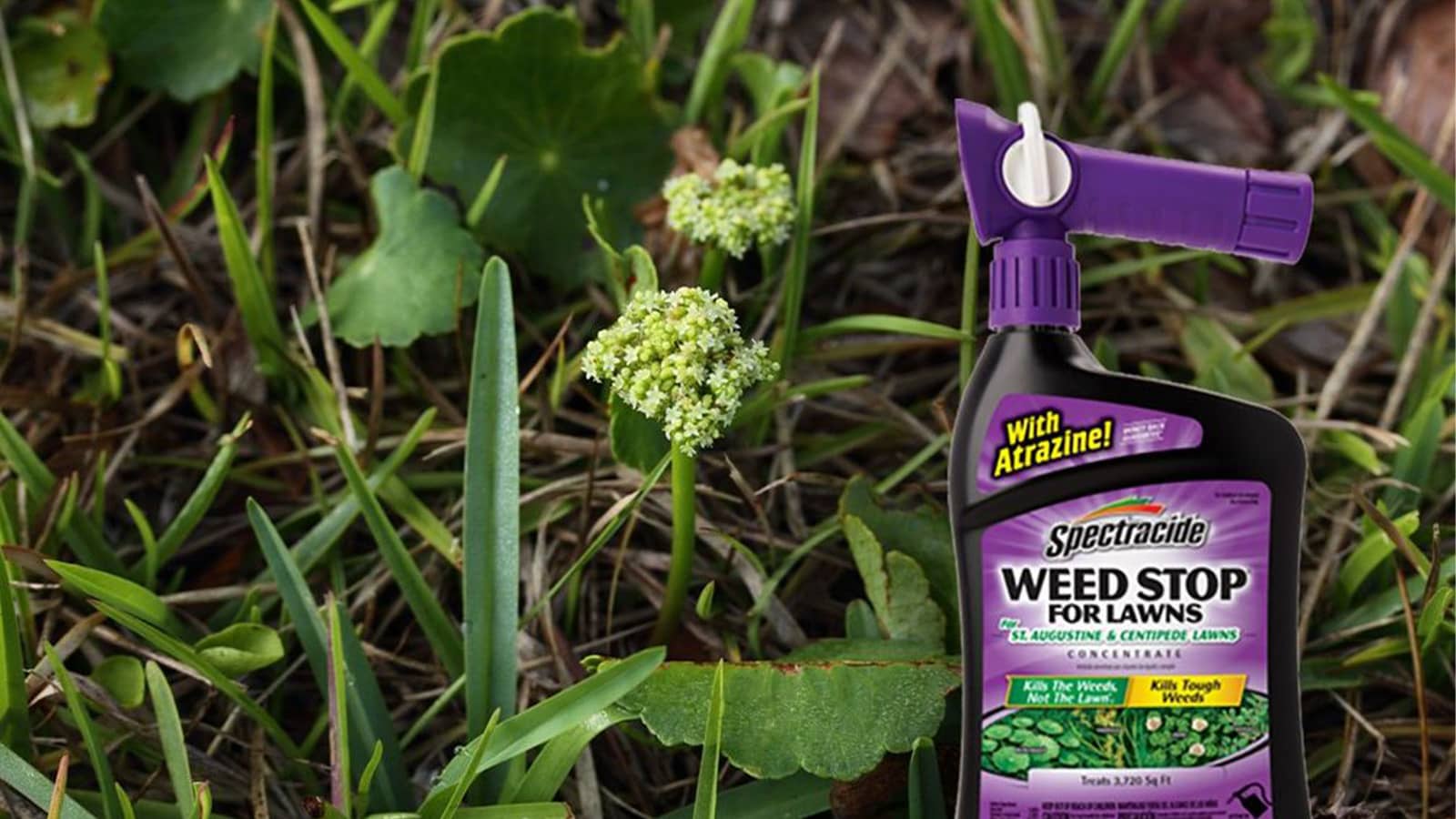
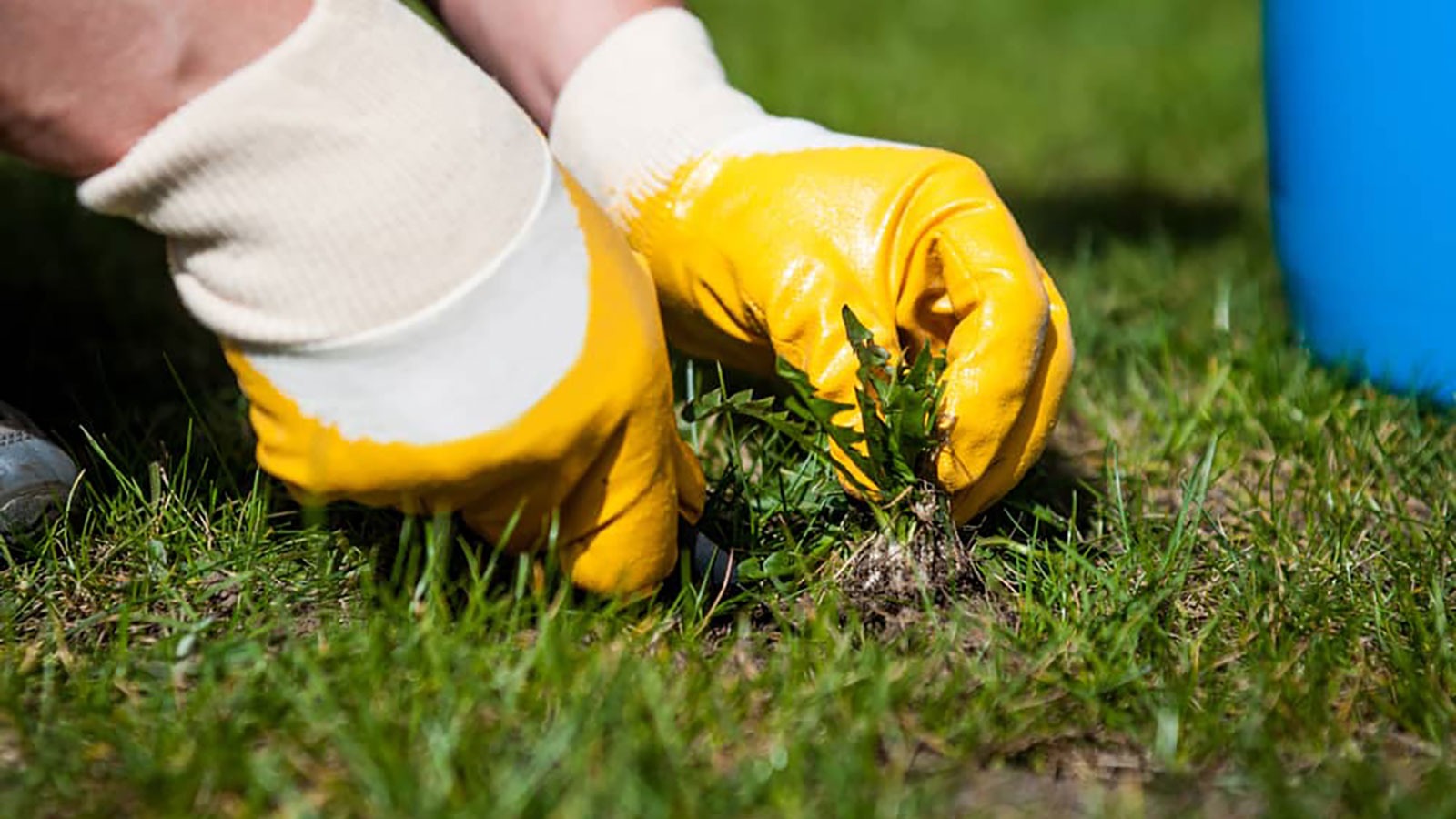
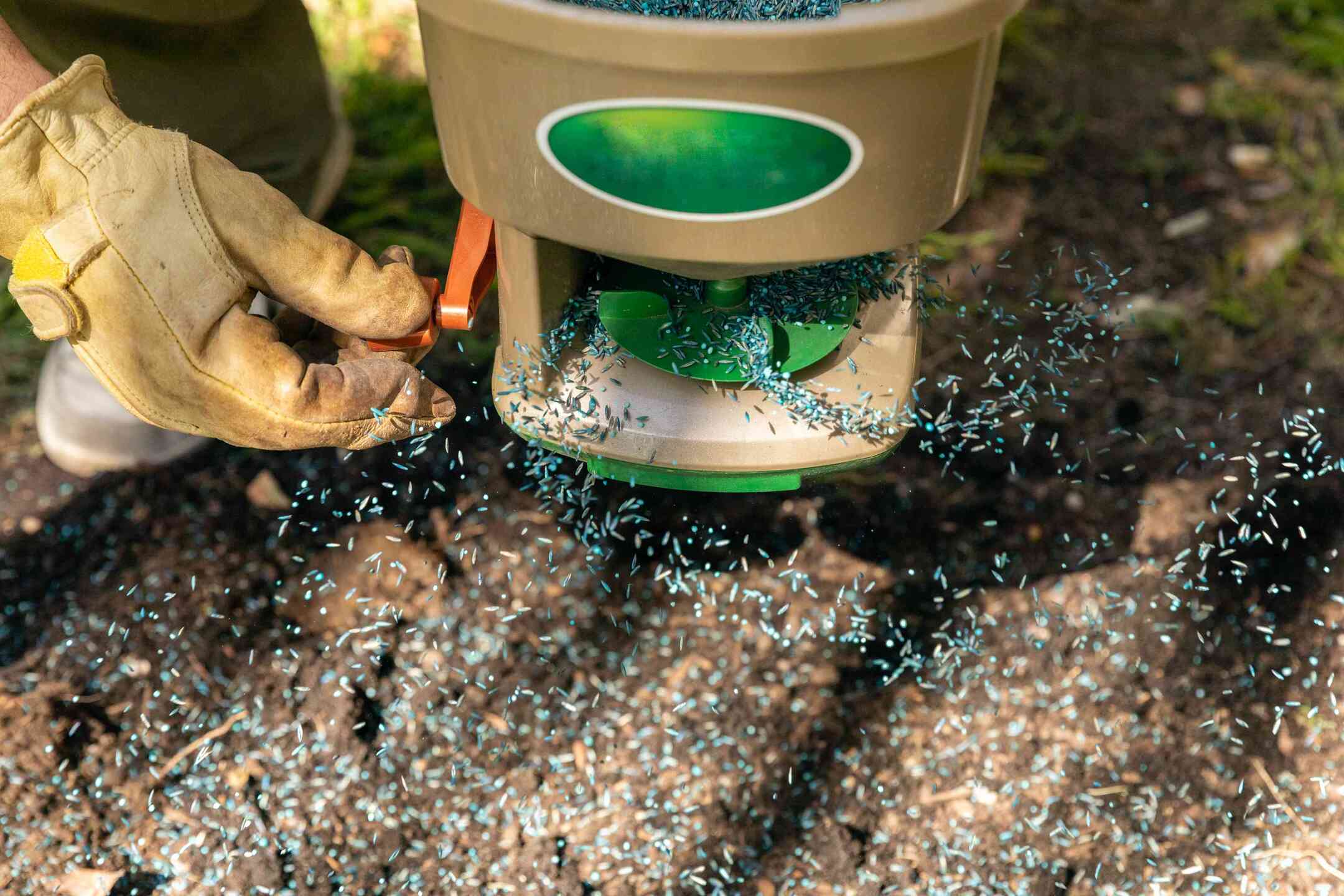
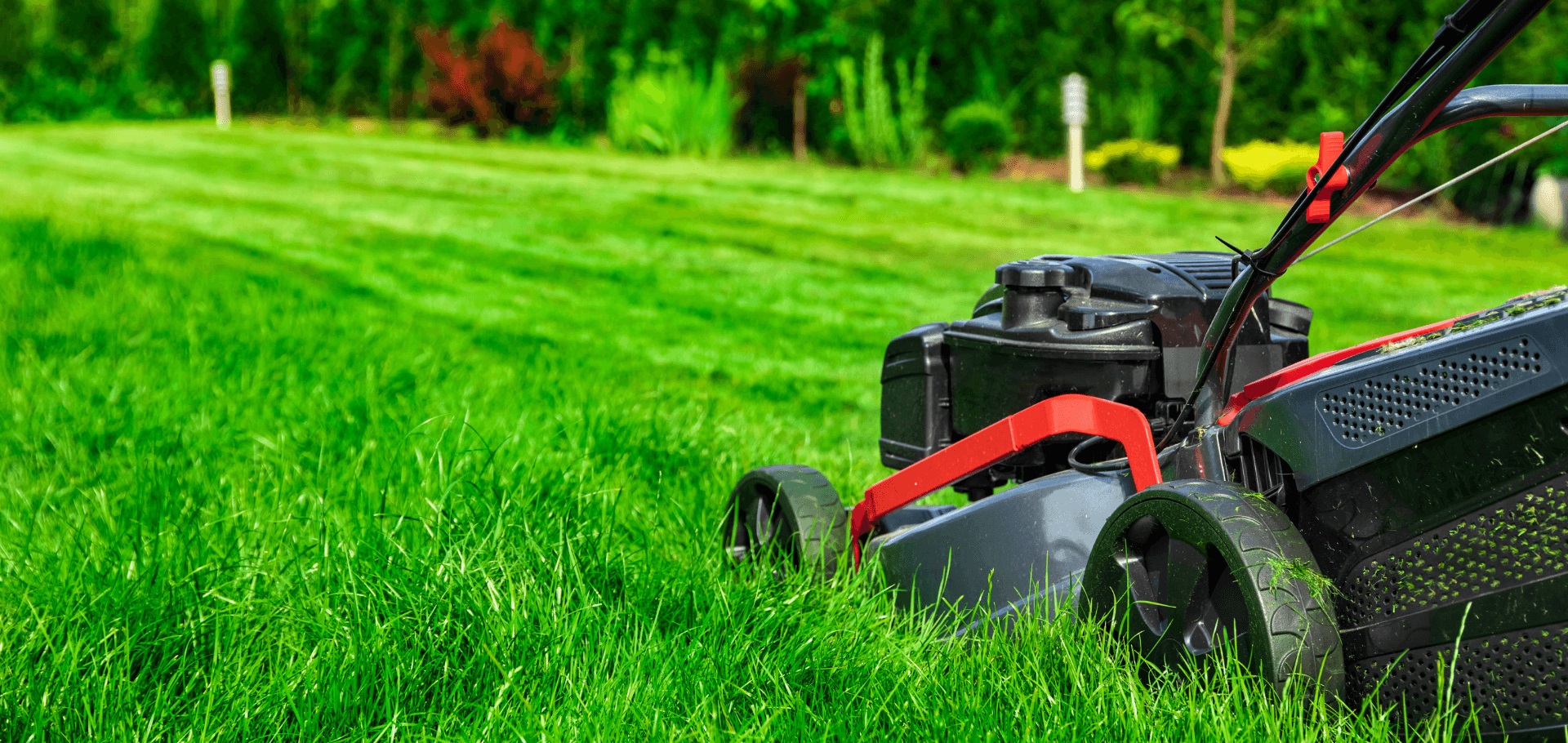
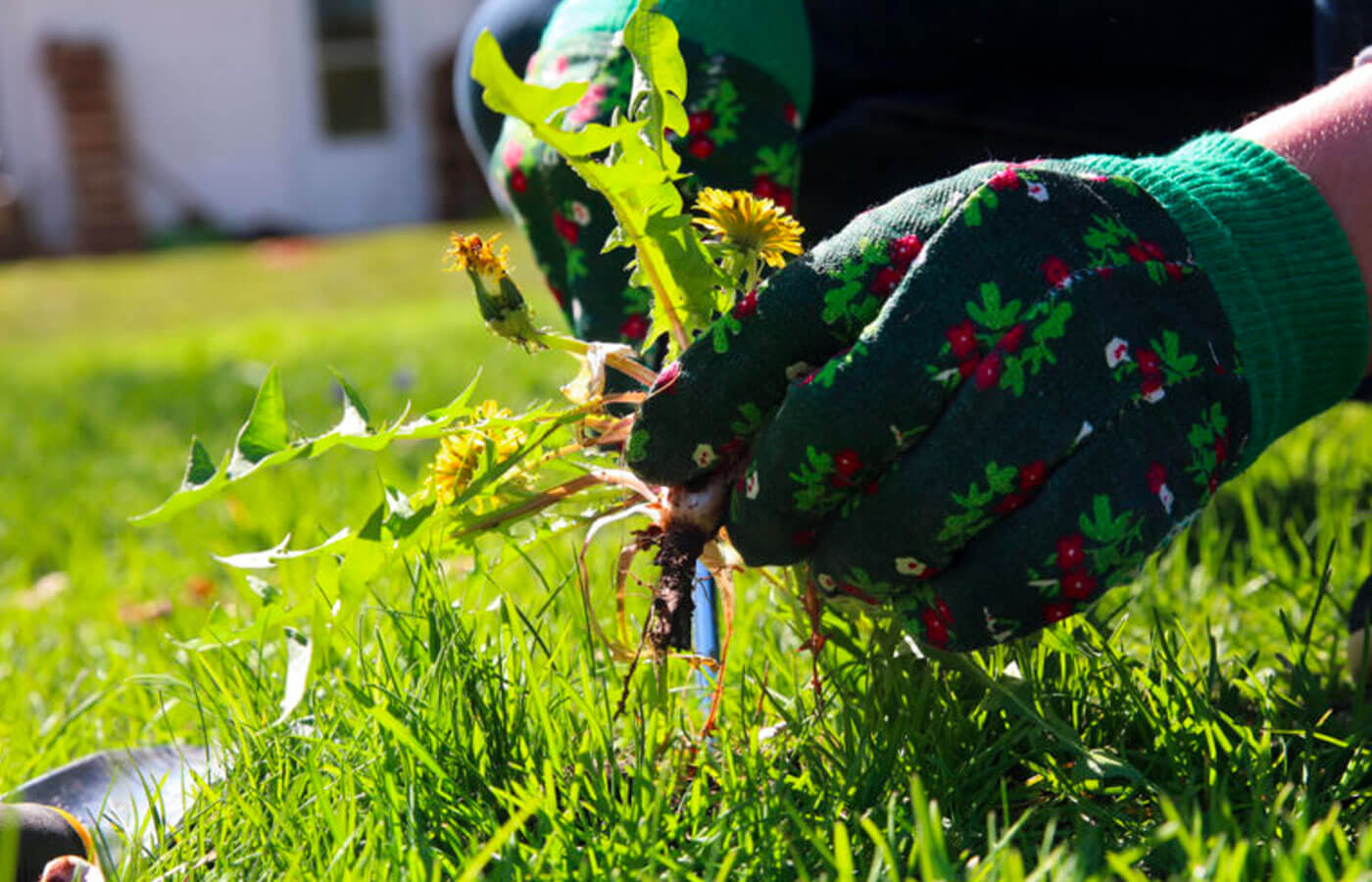
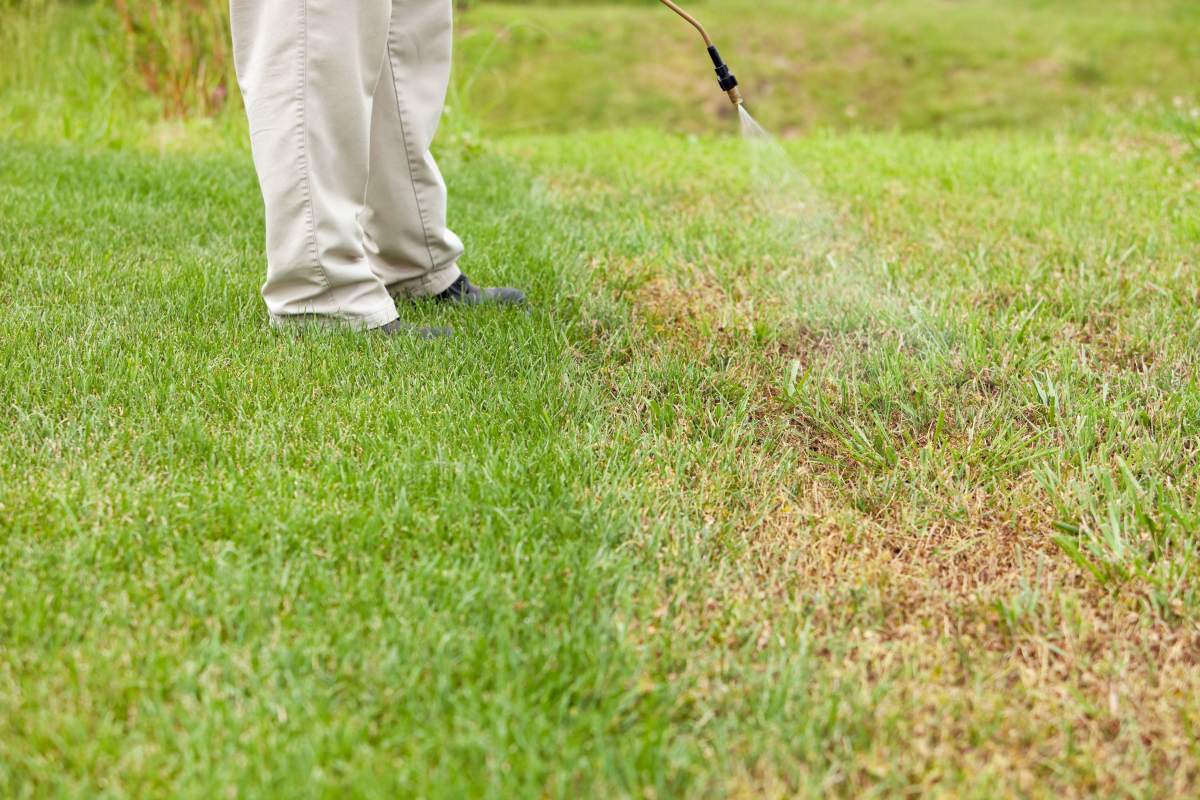
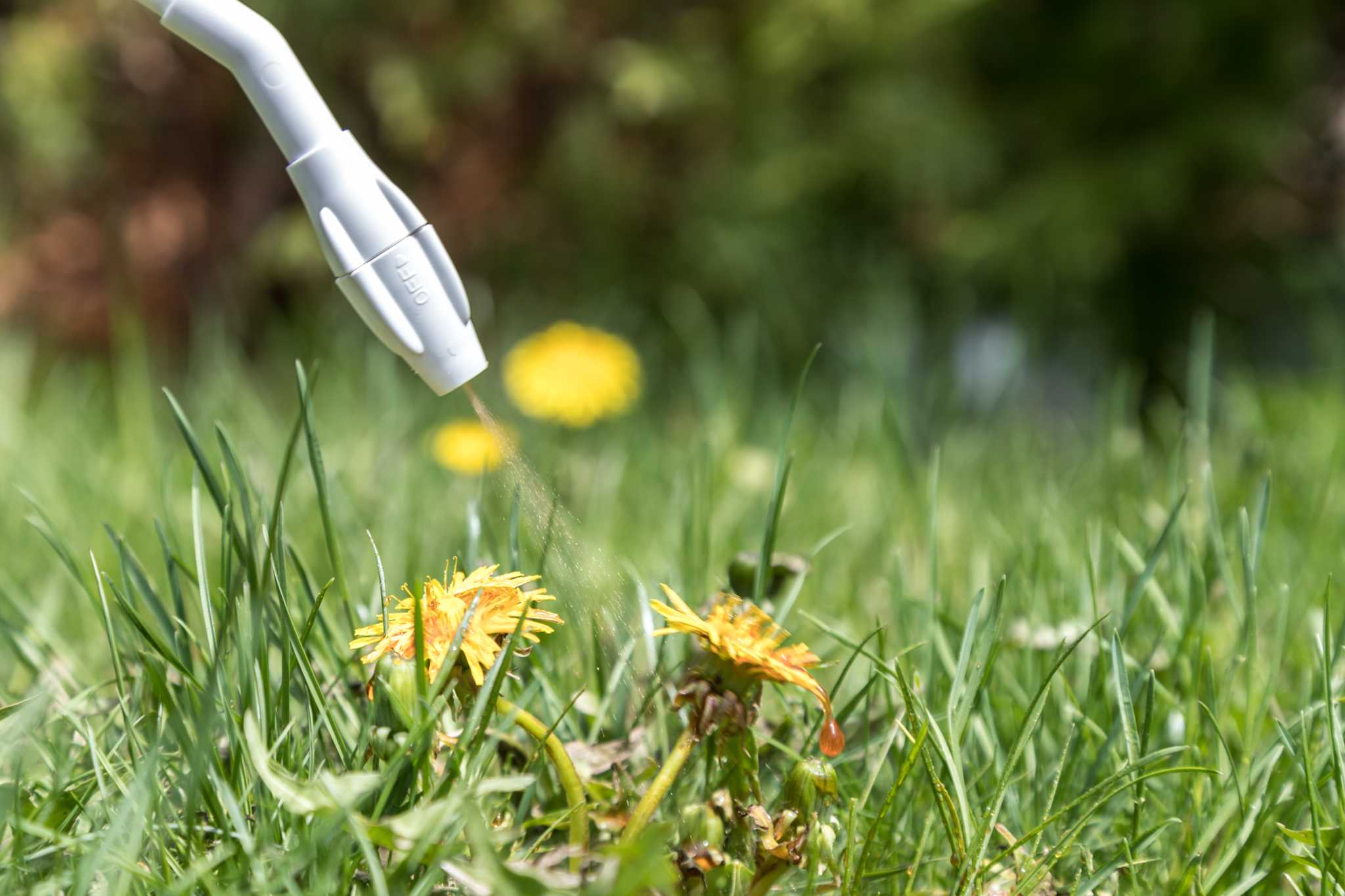
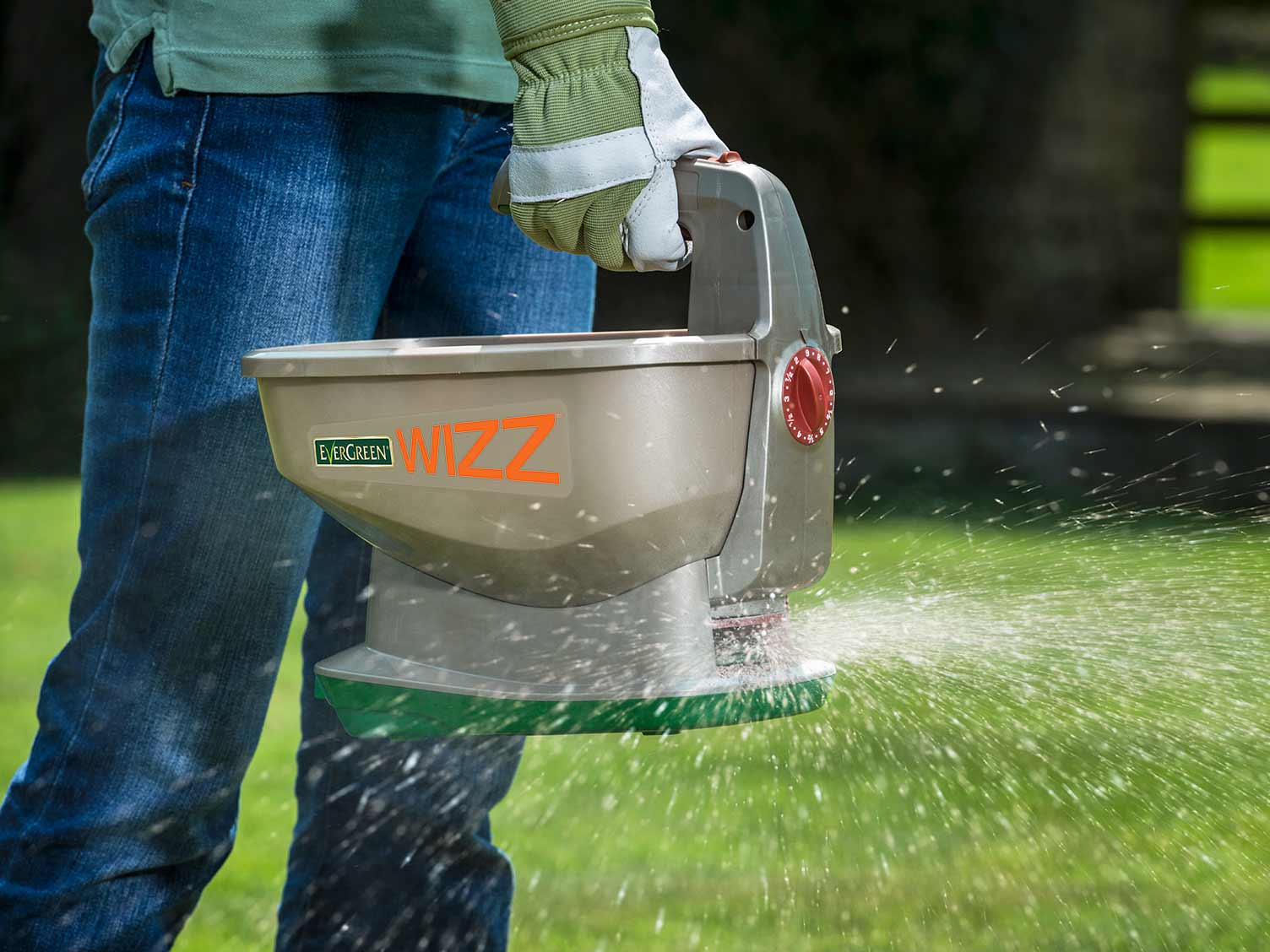
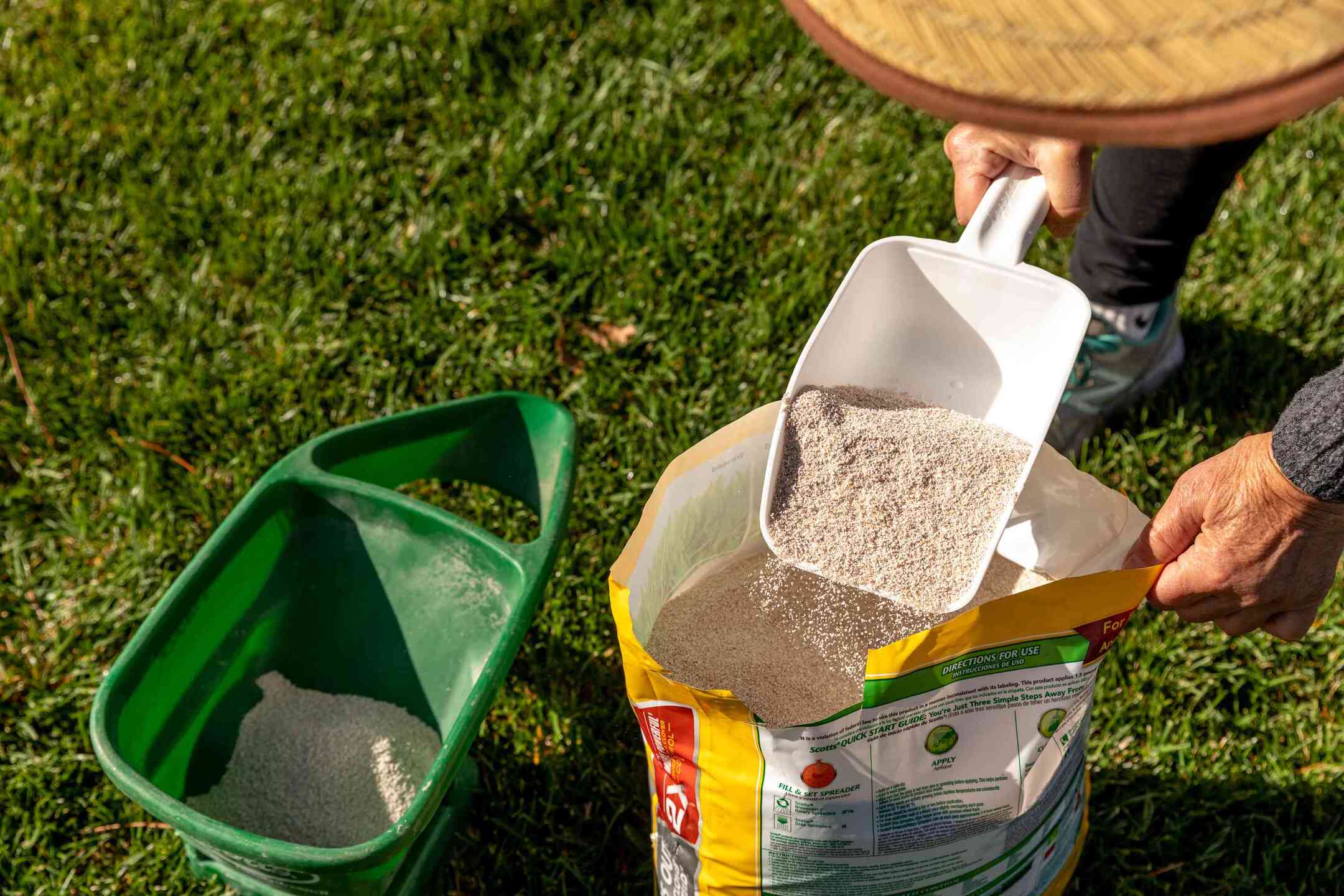
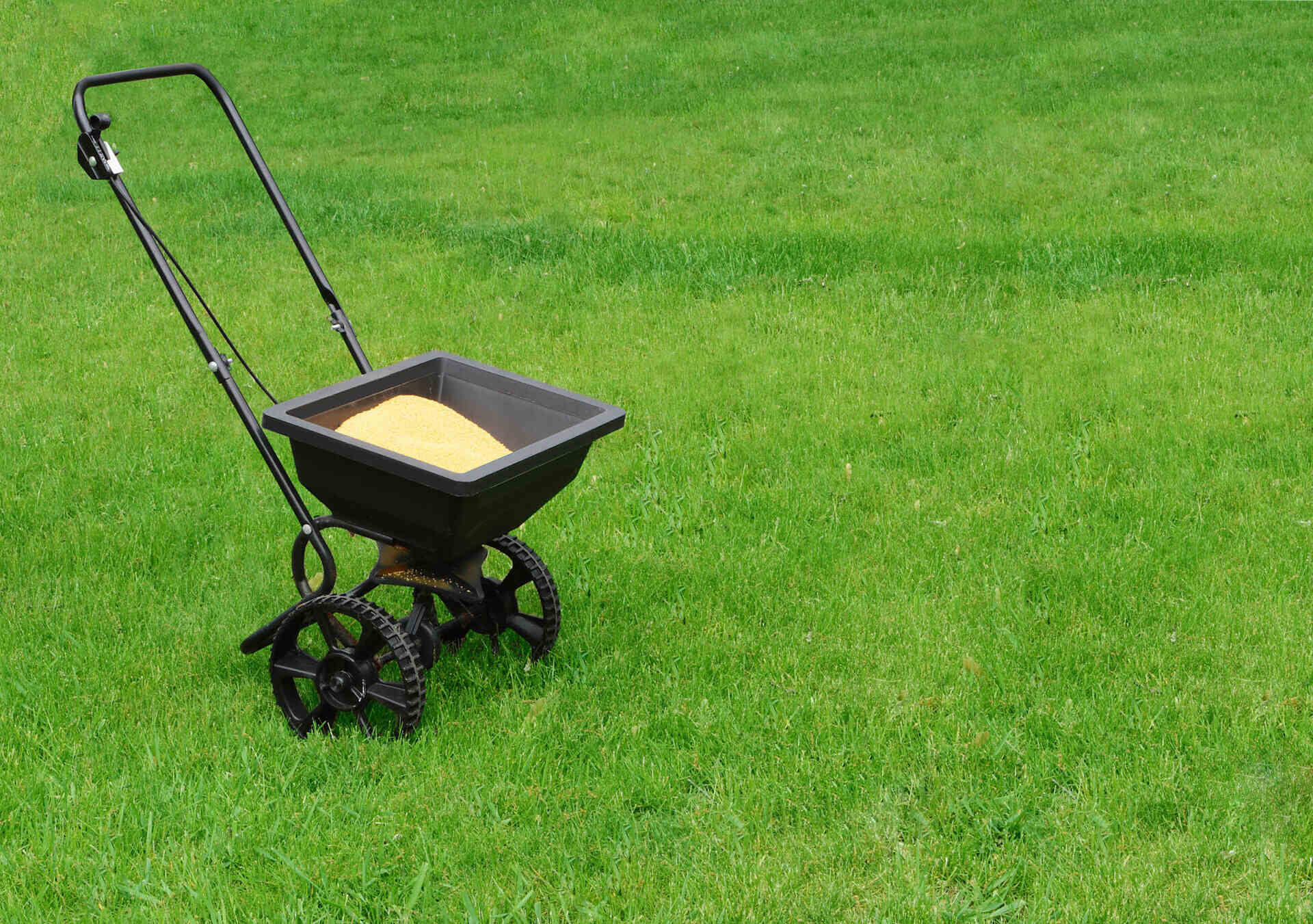

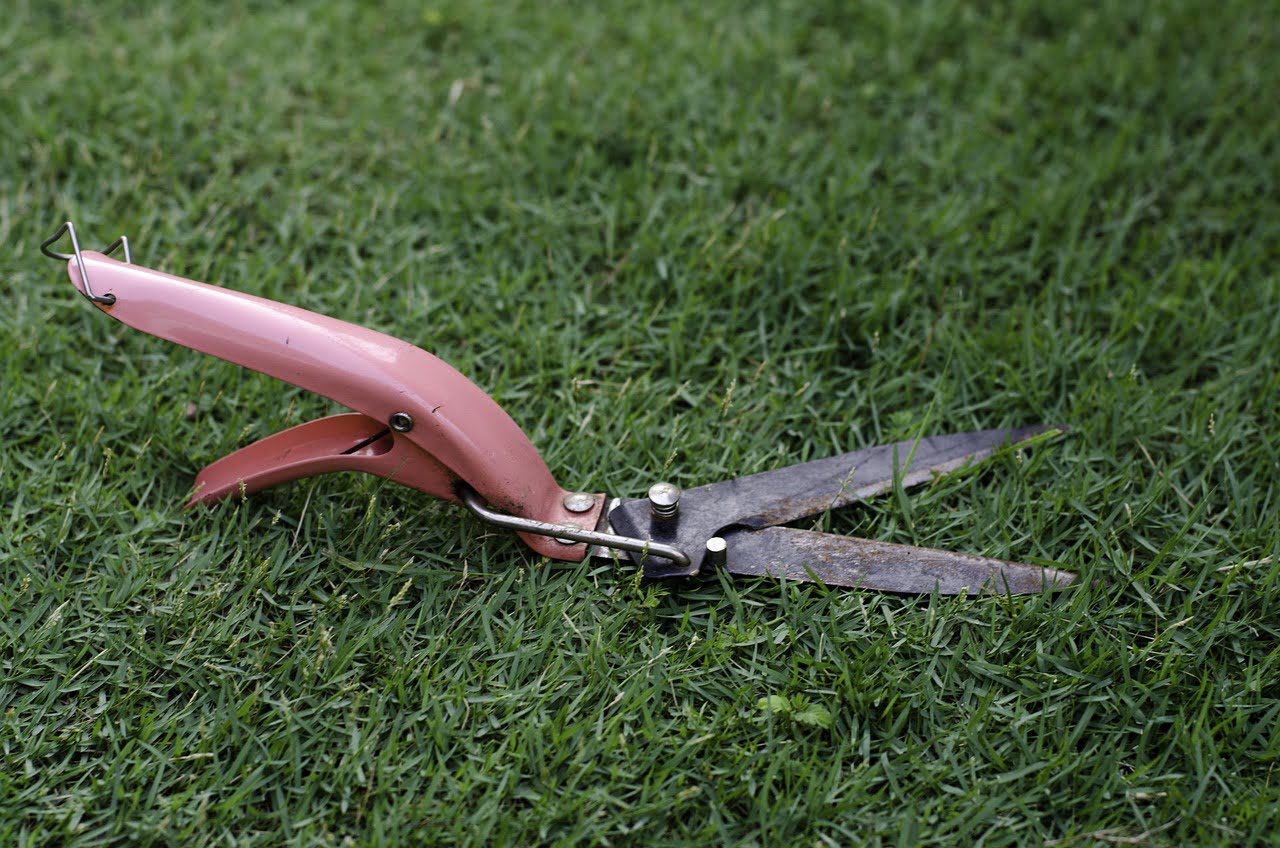
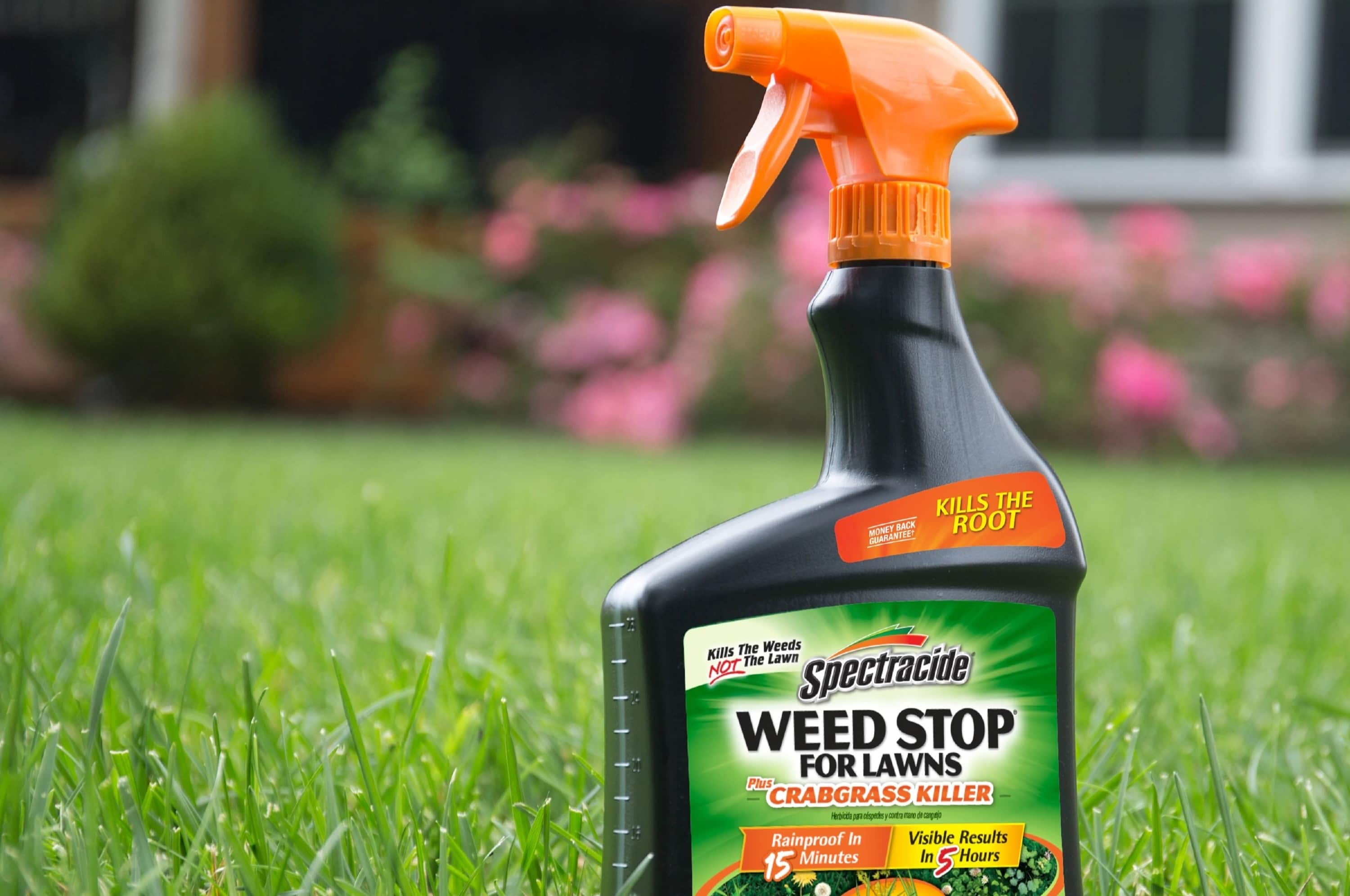


0 thoughts on “How Soon Can I Seed After Using Spectracide Weed Stop”